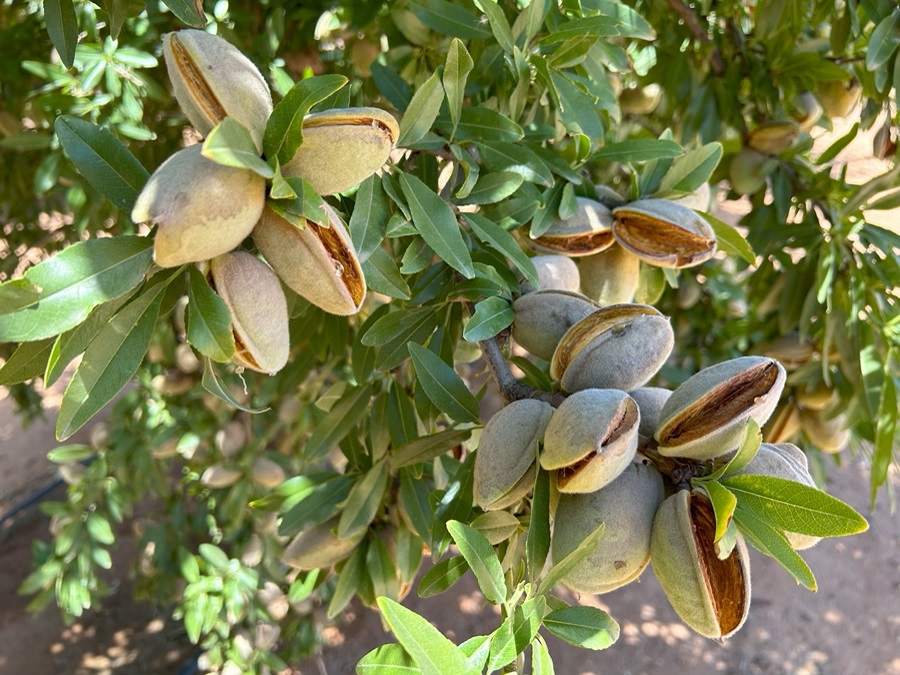Australia’s almond harvest is set to kick off, while a handful of growers are starting now, things will ramp up in the coming weeks.
Everyone is hoping for dry weather conditions, so the crop can be shaken of the trees and swept off the ground and placed into storage or delivered to processors in a speedy manner.
While this work is mechanised, the number of people working in orchards and at processing sites will ramp up.
Like most horticulture crops, the workforce is sourced in a variety of ways, with grey nomads, backpackers and the Pacific Australia Labour Mobility Scheme playing a role where there aren’t enough locals.
Nationally it’s estimated that 164,700 tonnes (kernel weight equivalent) will be produced.
This figure is almost 60 per cent higher than the 2023 harvest, which was affected by poor weather conditions.
It’s pleasing to see that the orchards have bounced back to average yields across Australia’s five growing regions.
Within the next three to five years Australia will be producing more than 200,000 tonnes of almonds annually.
As a result more processing capacity is needed and while some work has been done in this space, additional investment is needed in the coming years.
A new facility, capable of hulling and shelling 17,500 tonnes is being built in Murray Downs, near Swan Hill is on track to be finished in April.
Other sites in South Australia’s Riverland have also been expanded and will be put to the test this year.
Increasing the demand for Australian almonds across the world continues to be a high priority.
The Almond Board is focusing its efforts China, India, Europe, the United Kingdom, Middle East and South East Asia which are regarded as high value export markets.
The ABA’s marketing team will make its first overseas trip for the year in February, attending Gulfoods, which is the largest food exhibition in Dubai.
Then the focus shifts to a trade mission in India.
Demand for Australian almonds remains strong.
Nine months into the 2023-2024 almond season (March-February) Australian sales have already exceeded the actual crop intake for the year.
Substantial carry-over from previous seasons has bolstered the sales number to an unprecedented level.
At the end of November 112,096 tonnes was shipped.
Export sales are up 8% on the same time last year, while domestic sales are 5% ahead.
Global pricing remains low but has improved marginally in recent times.
